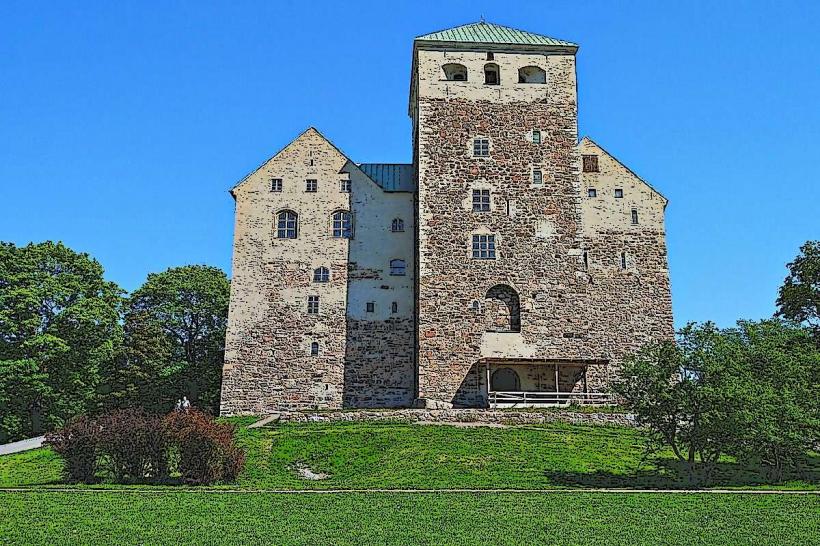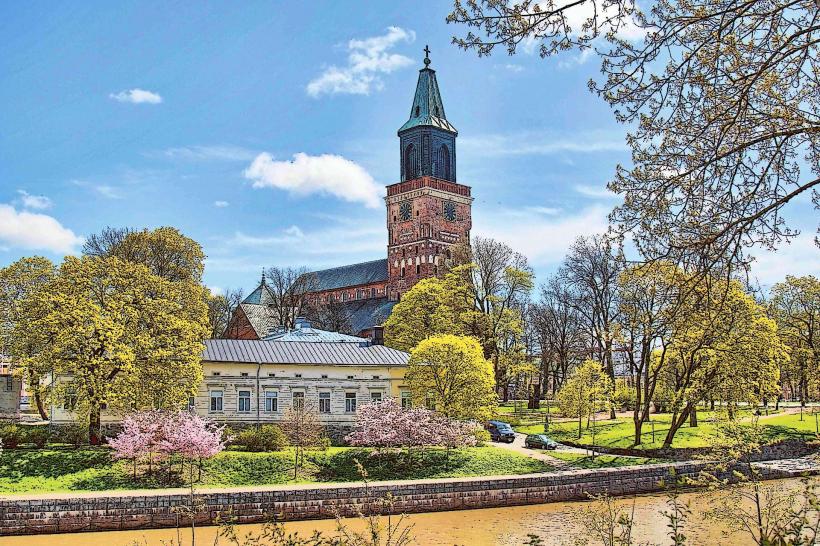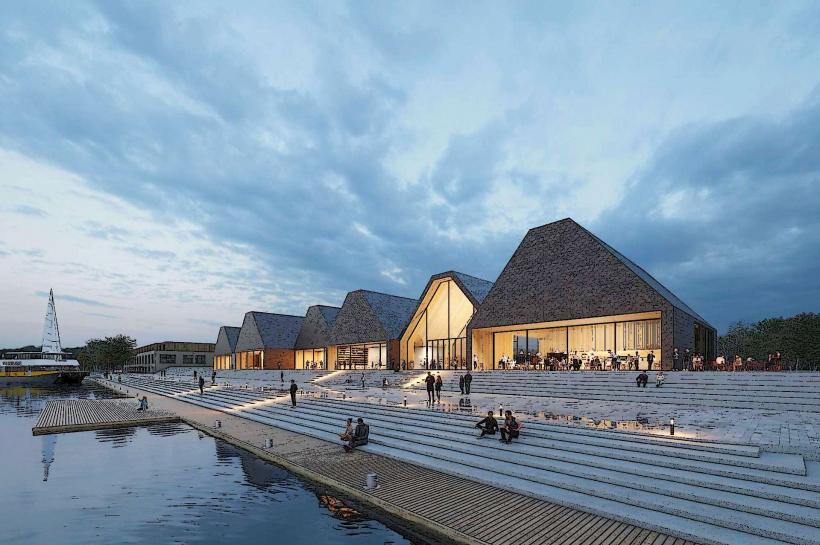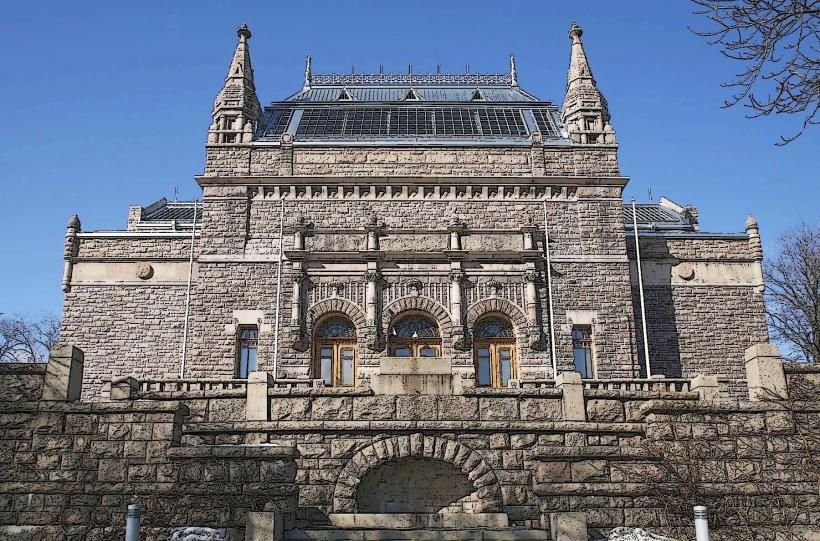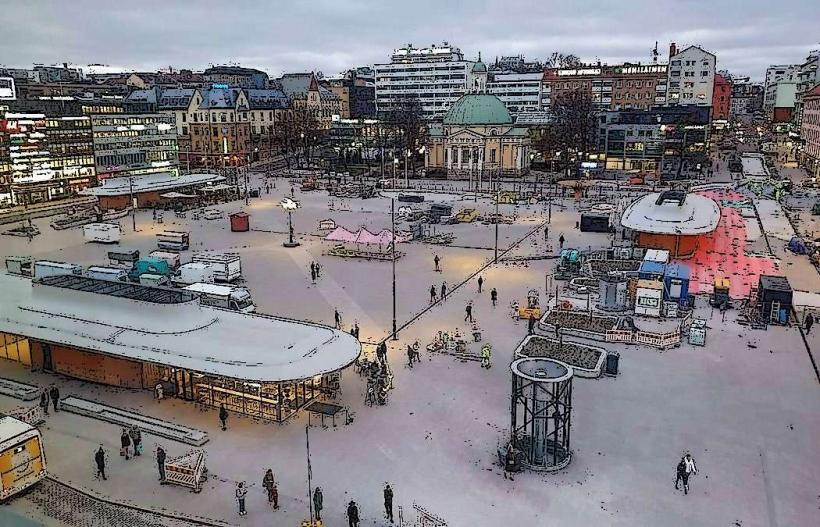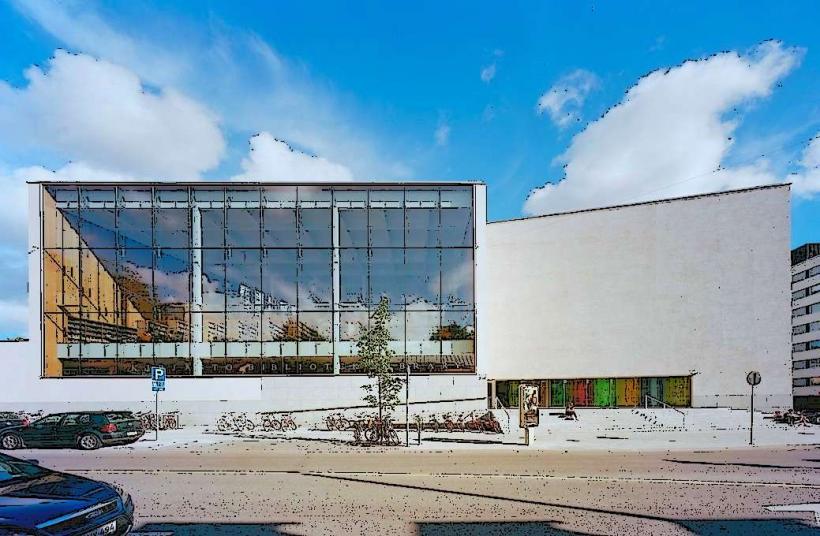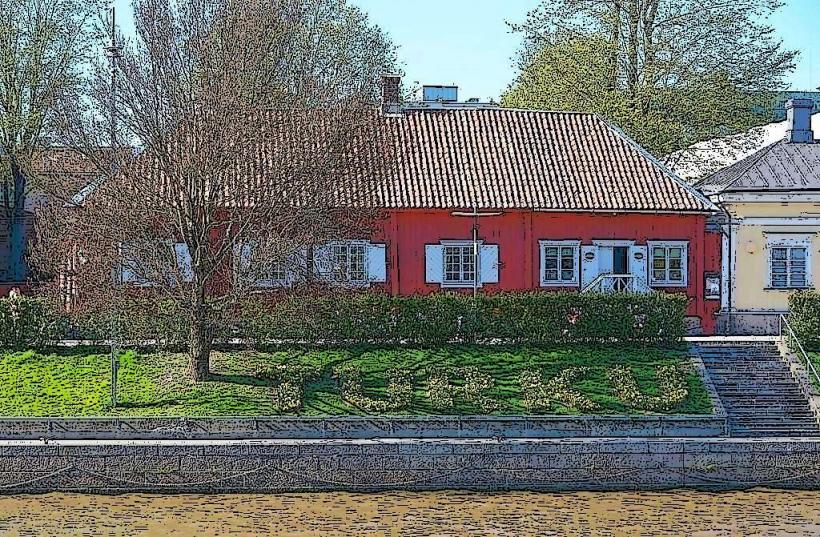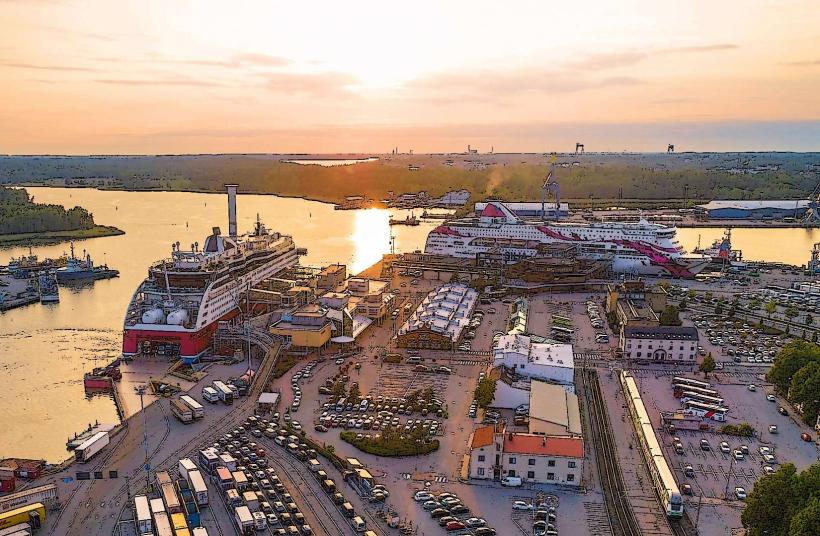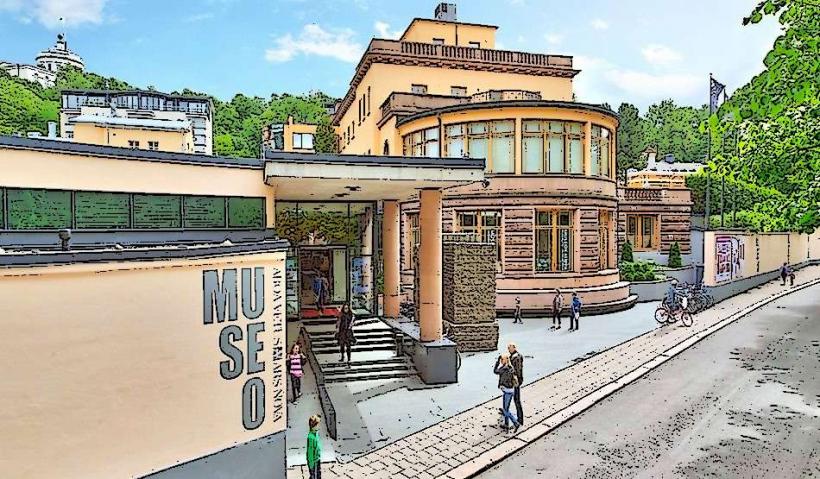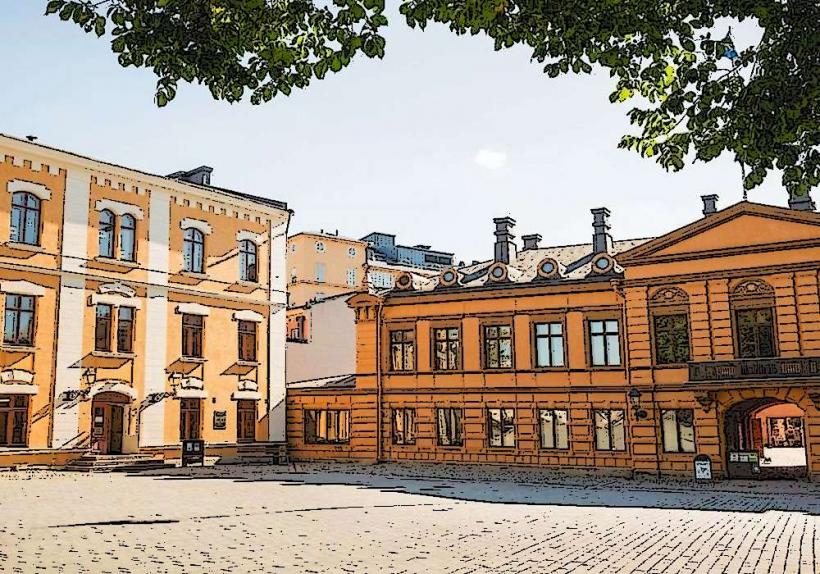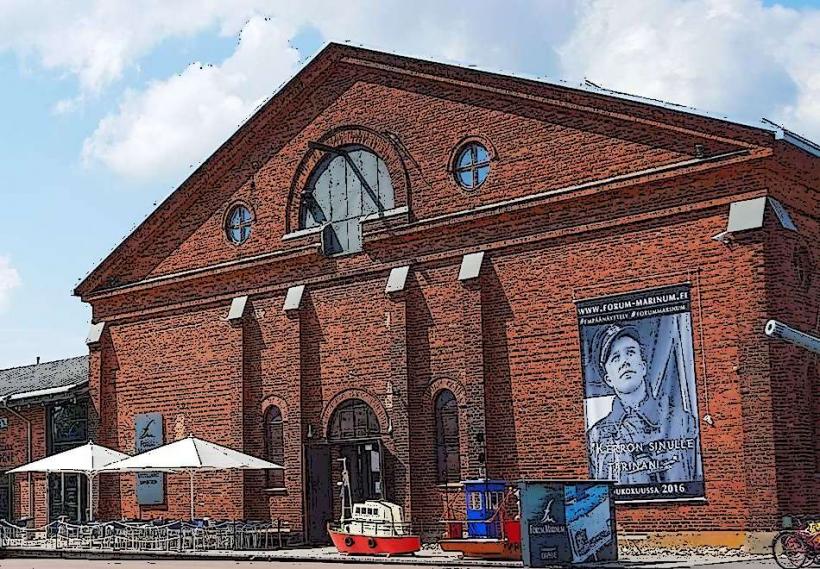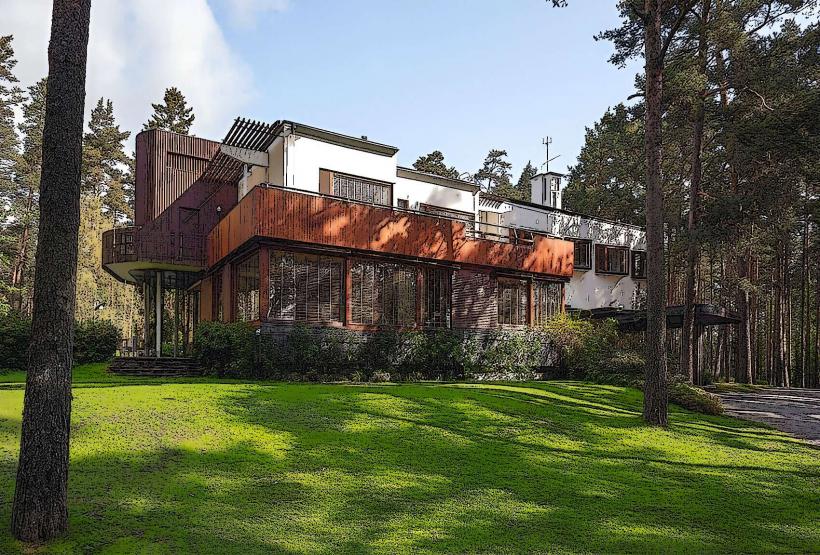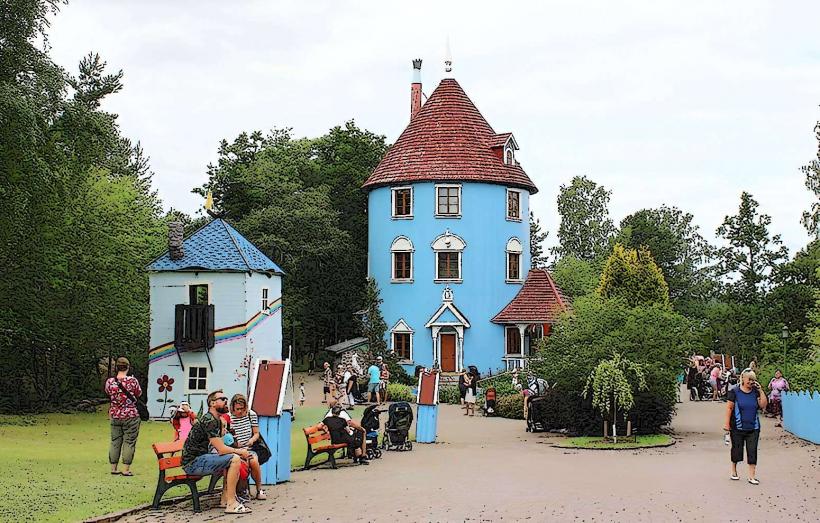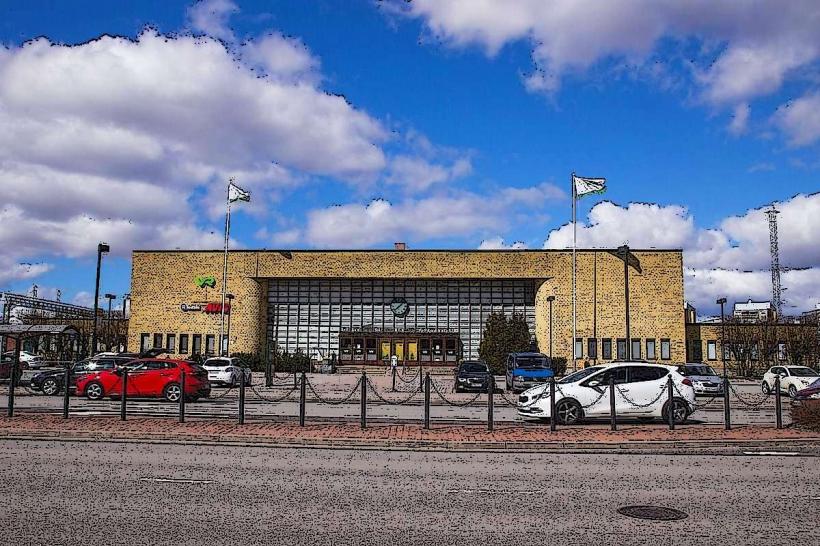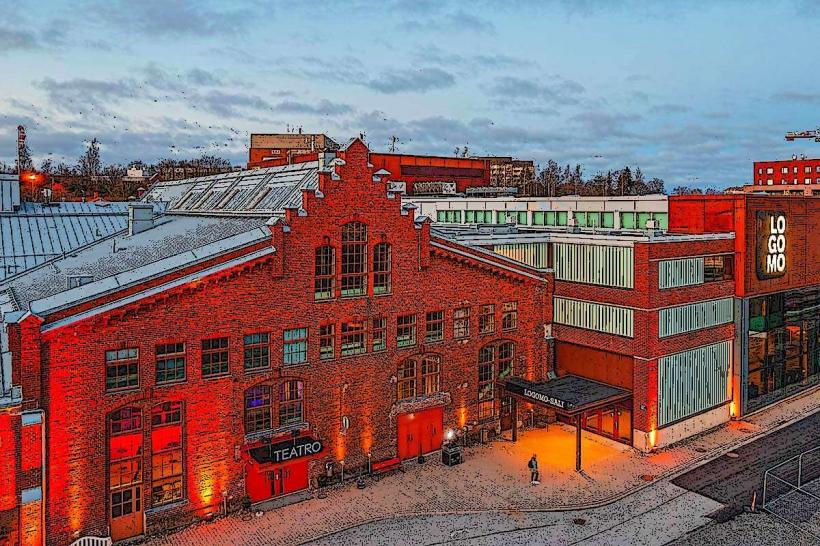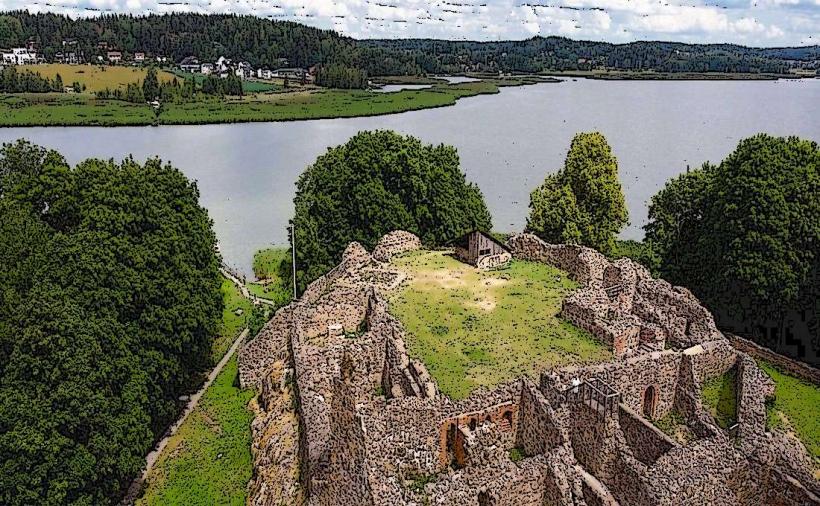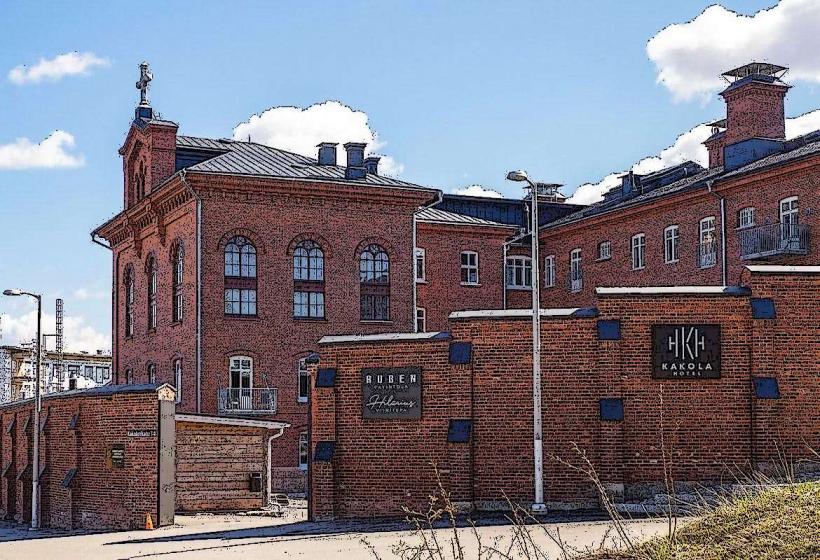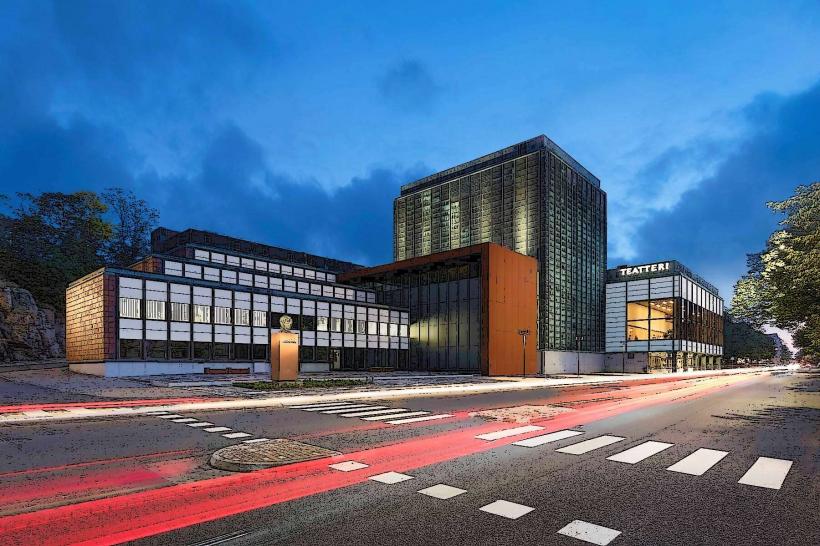Information
Landmark: Luostarinmäki Handicrafts MuseumCity: Turku
Country: Finland
Continent: Europe
The Luostarinmäki Handicrafts Museum (Luostarinmäen käsityöläismuseo) is a unique open-air museum in Turku, Finland, dedicated to preserving and showcasing the traditional handicrafts and craftsmanship of the region. Located on a hilltop near the city center, the museum offers visitors an immersive experience into the crafts, trades, and daily life of the 19th century, particularly focusing on the time when Turku was a bustling center of craftsmanship.
History and Significance
The Luostarinmäki Handicrafts Museum was founded in 1940 and is set in a historical area that was once home to a thriving community of artisans. The museum is built around a preserved district of 19th-century wooden houses, which were originally homes and workshops for craftspeople. In the late 19th century, a fire destroyed much of Turku, but the houses at Luostarinmäki were spared, making them one of the few surviving areas from that time.
The museum’s goal is to showcase the traditions of Finnish handicrafts, preserving both the methods of crafting and the daily lives of the artisans who lived and worked there. It offers an excellent representation of how people in Turku lived and worked before industrialization took over.
Location and Buildings
The museum is located on a hill called Luostarinmäki, which is just a short distance from Turku’s city center. The hill provides a picturesque setting for the museum, with narrow streets and wooden buildings that evoke the atmosphere of an earlier time.
Historic Buildings: The museum is spread over several historic wooden buildings, many of which were originally workshops or homes for artisans. The buildings include small workshops, blacksmith shops, weaving rooms, and carpenter shops, all preserved to maintain their authentic 19th-century look.
The Setting: The village-like setting of the museum is designed to resemble a traditional Finnish handicraft neighborhood. It offers visitors the opportunity to walk through the area, peering inside the restored houses and workshops to see how artisans worked and lived during the 1800s.
Exhibits and Collections
The museum focuses on the craftsmanship and trades that were central to Turku’s economy and culture during the 19th century. The exhibits cover a wide range of traditional crafts, highlighting the skills of local artisans.
Crafts on Display: The museum showcases a variety of traditional Finnish crafts, including weaving, woodworking, blacksmithing, leatherwork, pottery, textile crafts, and glassmaking. Visitors can see both finished products and tools used in the crafts, offering insight into the methods and techniques employed by craftsmen of the time.
Workshops: Some of the museum’s buildings function as active workshops, where visitors can see artisans at work. The craftsmen demonstrate their skills in traditional trades such as candle-making, basket weaving, and wood carving. These live demonstrations allow guests to witness the intricate and time-consuming process of creating traditional Finnish handicrafts.
Historical Artifacts: The museum also houses a variety of historical artifacts related to daily life in 19th-century Turku. Visitors can view old furniture, clothing, household items, and tools that give a sense of what life was like for the craftspeople who once lived in the area.
Craftsman's Tools: The museum’s collection includes a wide array of craftsman’s tools, many of which were used by artisans to create their products. These tools, some of which are centuries old, offer a fascinating look into the specialized equipment that was required to work in various trades.
Themed Exhibits and Activities
In addition to the permanent collection, the museum offers a variety of themed exhibits and special activities that highlight specific crafts or cultural aspects of Finnish history.
Temporary Exhibitions: The museum occasionally hosts temporary exhibitions, which might focus on particular aspects of Finnish culture or specific historical periods. These exhibitions offer fresh perspectives and new insights into the world of Finnish handicrafts.
Craft Workshops: The museum often organizes hands-on workshops where visitors can try their hand at traditional crafts such as pottery, weaving, and wood carving. These workshops are a popular way for both children and adults to experience Finnish craftsmanship firsthand.
Festivals and Events: The museum hosts a variety of cultural events and festivals throughout the year, particularly during the summer months. These events often include live demonstrations, craft fairs, and performances that showcase traditional Finnish music, dance, and crafts.
Visitor Information
Opening Hours: The museum is generally open year-round, though it is busiest during the summer months, when the weather is more favorable for outdoor activities. It’s a good idea to check the museum’s website for up-to-date information on opening hours, especially around public holidays.
Admission Fees: The museum typically charges a small entry fee, with discounts for students, seniors, and groups. Some events, such as workshops and special exhibitions, may require additional fees.
Location: The Luostarinmäki Handicrafts Museum is easily accessible from Turku’s city center. It’s within walking distance from major landmarks like the Turku Cathedral and the Turku Art Museum, making it easy to combine a visit to the handicrafts museum with other cultural attractions.
Accessibility: The museum is located on a hill, so visitors with mobility issues may find the terrain challenging. However, the museum is working on improving accessibility for all visitors.
Educational Value
The Luostarinmäki Handicrafts Museum provides an excellent educational experience for both locals and tourists, offering a detailed look at the development of craftsmanship in Finland. Visitors can learn about the cultural heritage of Finnish handicrafts, the importance of these crafts to the country’s economy, and the role of artisans in Finnish society. The museum is also a valuable resource for students of history, art, and design, as it gives them a tangible connection to the past and a deeper understanding of traditional techniques and materials.
Conclusion
The Luostarinmäki Handicrafts Museum in Turku is an engaging and educational destination for anyone interested in Finnish culture, history, and craftsmanship. Through its preserved buildings, live demonstrations, and hands-on activities, the museum offers an authentic glimpse into the world of traditional handicrafts. Whether you’re a history enthusiast, a lover of art, or simply someone curious about Finnish heritage, this museum provides a rich and immersive experience that connects the past with the present.

